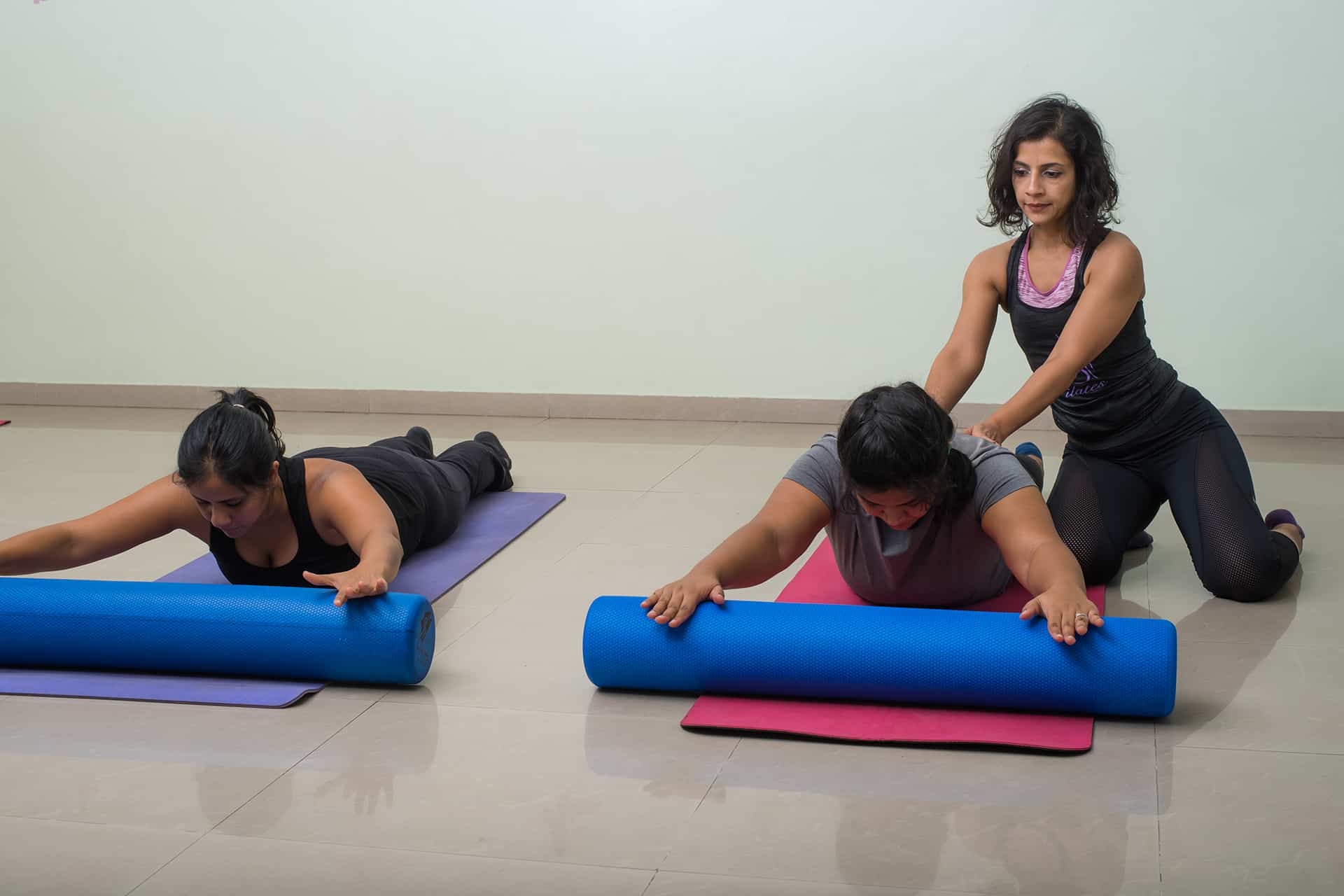The Hand in Glove Approach of Rehab Pilates

As I reach the end of my third year of being a Pilates studio owner, practising Physiotherapy for more than half of my lifetime and using Pilates as an exercise form with my patients, a word about why the Rehab and Pilates partnership works, is due!
Rehabilitation is a process of restoring someone to health or normal life through training and therapy after injury or illness. Physiotherapy or Physical Therapy is the treatment of disease, deformity or injury by physical methods, mainly exercise, to restore one back to their functional activities.
Pilates is a form of exercise that works from the core. Pilates aims to improve muscle tone, flexibility and posture to achieve smooth, flowing movements.
The definitions alone are an explanation for the collaboration but let me explain.
What happens to our body in pain
All of us experience some form of physical discomfort at various points in time. This discomfort appears to be a constant nuisance. After any major illness or trauma or even just a few days of pain, our need to return to normal functions becomes more and more important. Not only is it physically, but also mentally and emotionally tiring too.
A simple defence mechanism of the body is to “switch off”. A protective reflex takes over which prevents us from using that part of the body so that we don’t injure it further. After recovery from the symptoms, we often forget to switch the relevant muscles back on!
Physiotherapy and Rehab techniques are used for the relief of pain, muscle spasm and swelling.
Exercises are given for basic mobility functions. The higher the demand your body has, the higher the level of training you need. Exercises also strengthen the muscles that bring about this movement, align the body and work on posture and balance.
Movements
The joints of the body have two types of movement. One, which is voluntary and controlled by us. Two, which is within the joint allowing it to move in the centre of the joint around its fulcrum. The muscles in the body have two main roles- stability and mobility. So, the work of the stabilisers is to not allow any excessive movement within the joint to keep it in its neutral and central position. Also, at the same time they hold the surrounding joints in a stable position. And the work of the mobilisers is to produce the movement, that we want.
Thus, the core muscle training of Pilates works on the stability muscles to first bring about a stable base to move from. It helps maintain the body in a neutral and aligned position. And finally, it improves the movement patterns of the whole body which make us move easily.
How we help in ridding you of pain in rehab
The Hand in Glove Approach at Moushu’s Pilates starts with assessing the physical components of the condition, enumerating the goals one wants to meet and planning tailor-made programs to achieve these levels of functionality. There is no one glove that fits all!
Each of us has different needs and different body types.
Ultimately, recovery to normalcy with the relief from symptoms and a body that moves with grace and efficiency is the end result of Rehab Pilates!
Find out the key elements of Pilates which can prevent injury and pain.

Comments
Stability & Mobility
Hello,
This is the blog is very nice information is fantastic fitness rehab pilates physiotherapy is great. thank you for share this blog
Thank you for your feedback!
Hello,
This is the blog given information is looking great. thank you for share the blog
Thank you!